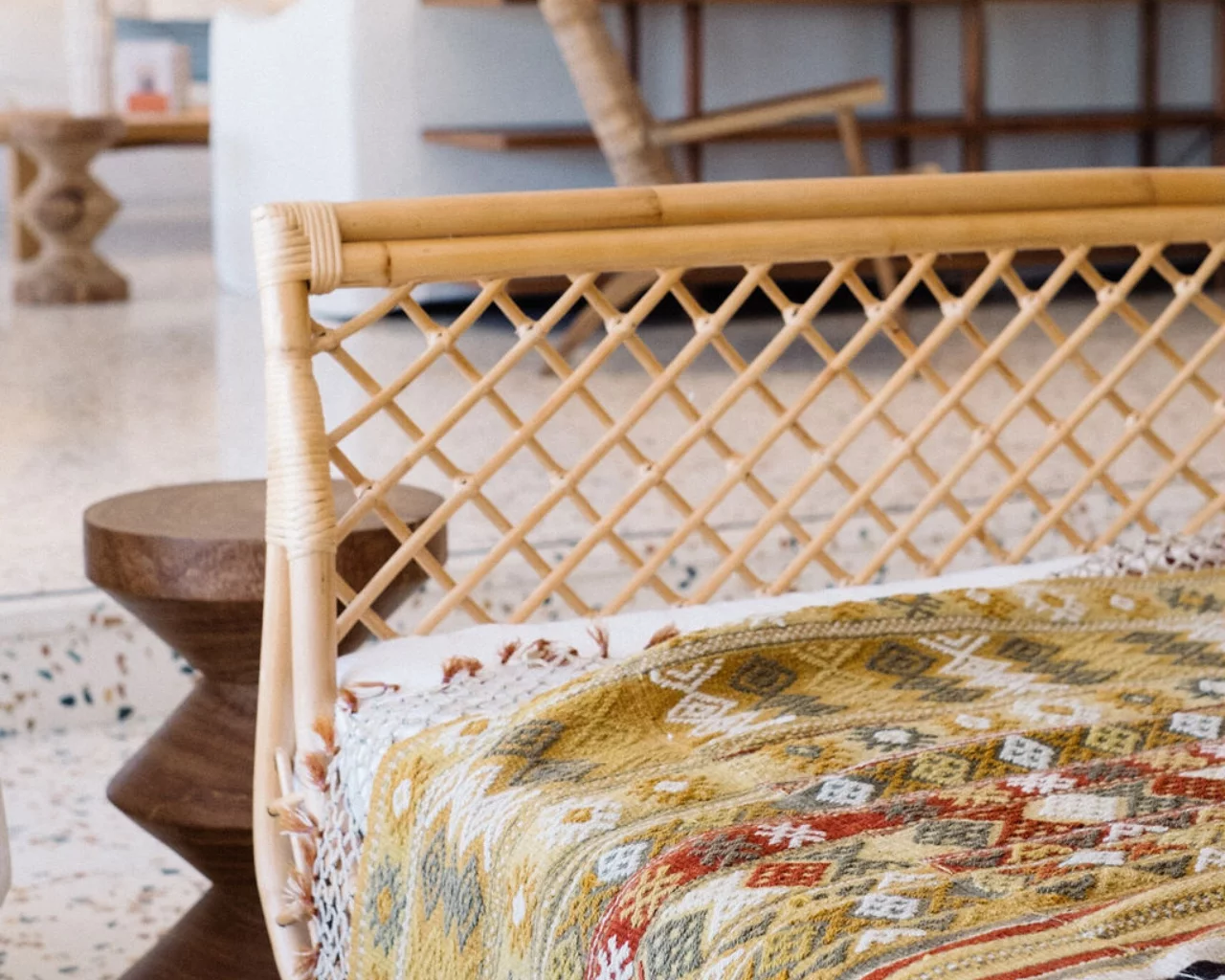
Explore the rich world of Cretan hand-woven textiles in this exhibition curated by Katerina Nikolaou, with Vassiliki Panayotopoulou serving as the scientific advisor. Agapi Sbokou’s – the grandmother of Agapi & Costantza Sbokou, love and insight, woven into her personal collection of Cretan hand-woven textiles, come alive in our hotels, showcasing her entrepreneurial prowess for the first time. As a weaver herself, the art of spinning and slubbing is not just a daily routine but her predominant inspiration. This exhibition unveils her visionary cartography, organizing a nucleus of fellow-weavers that birthed a new network of threads and notions, connecting and binding together different objects much like the properties of thread. Beyond preserving the Cretan art of weaving, Agapi Sbokou’s legacy extends to the 1950s, weaving connections and opportunities for women in her region, keeping the vibrant tradition alive until the 1980s.
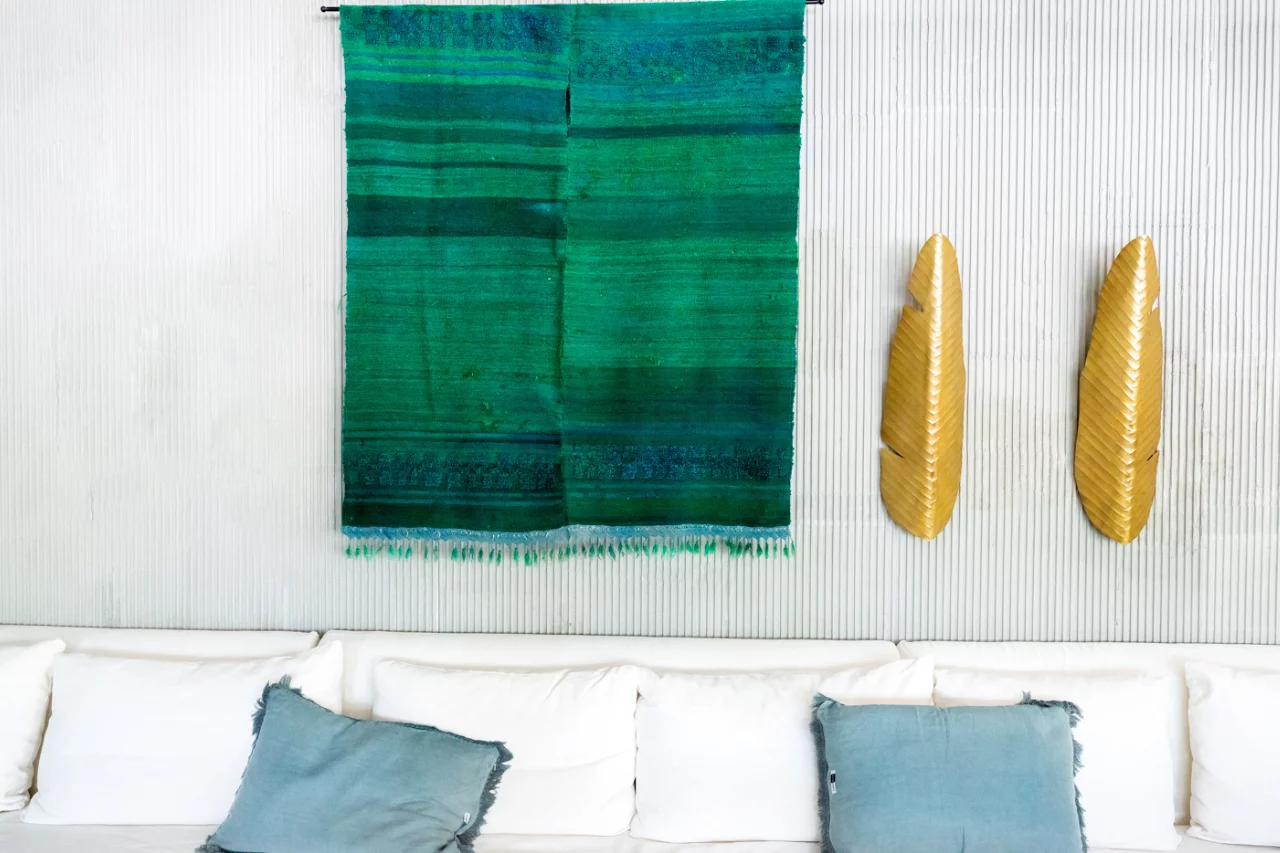
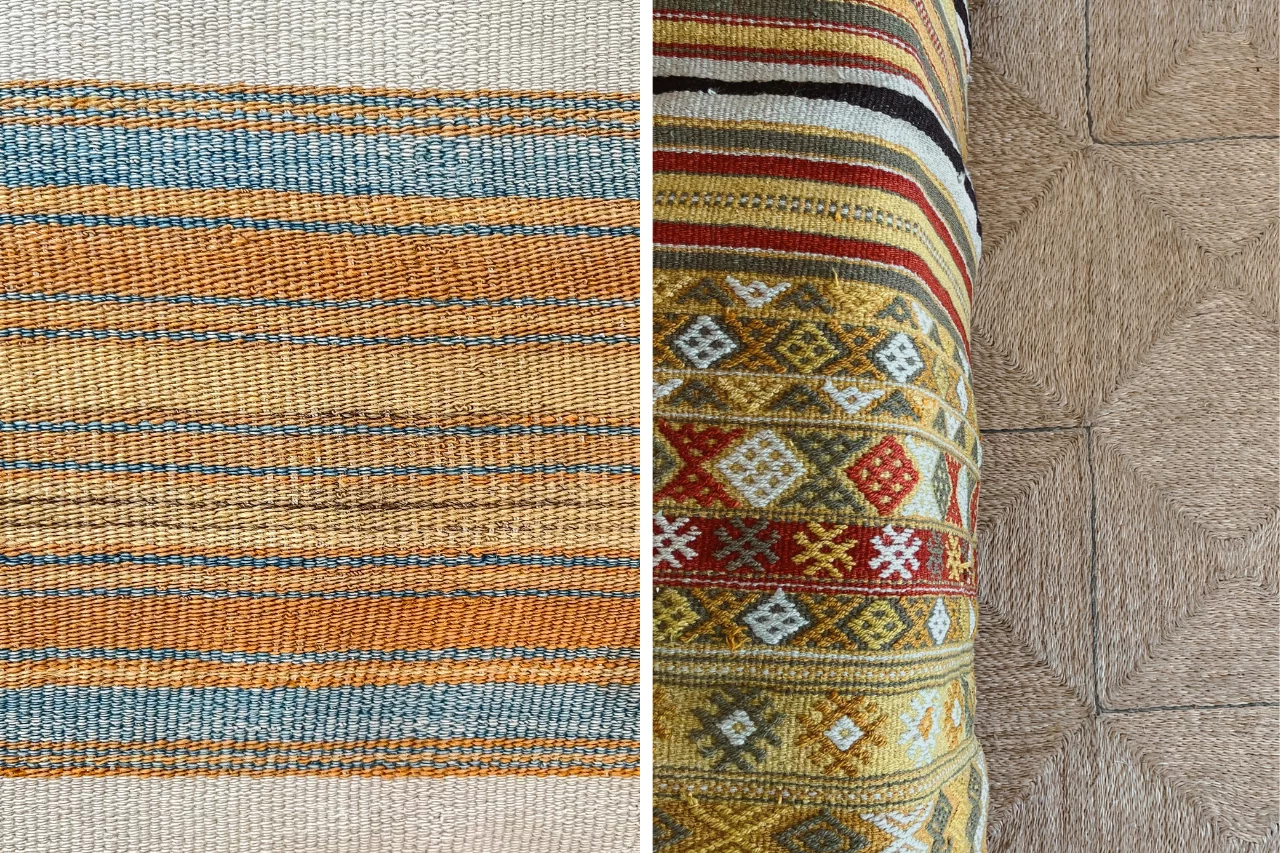
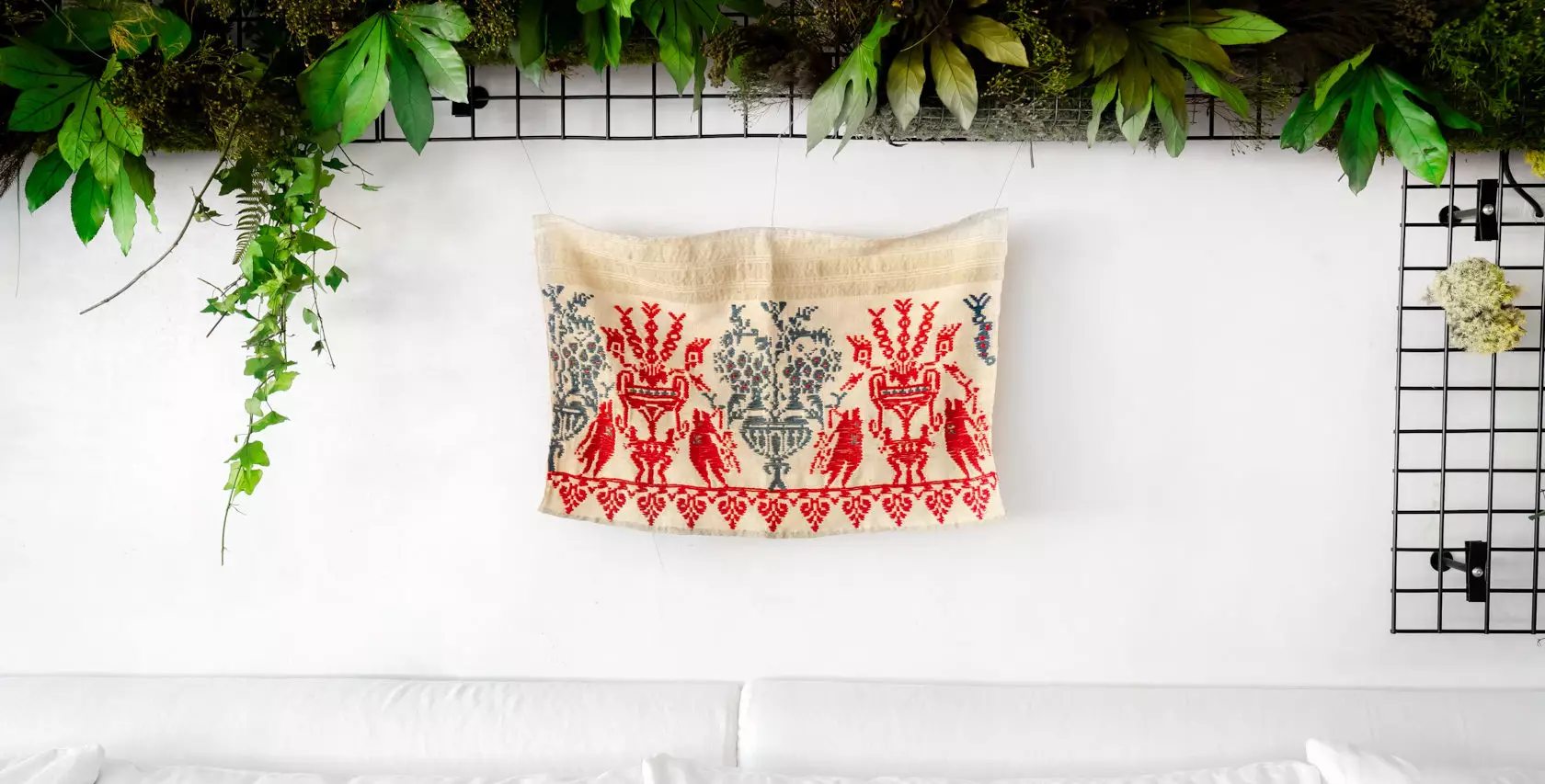
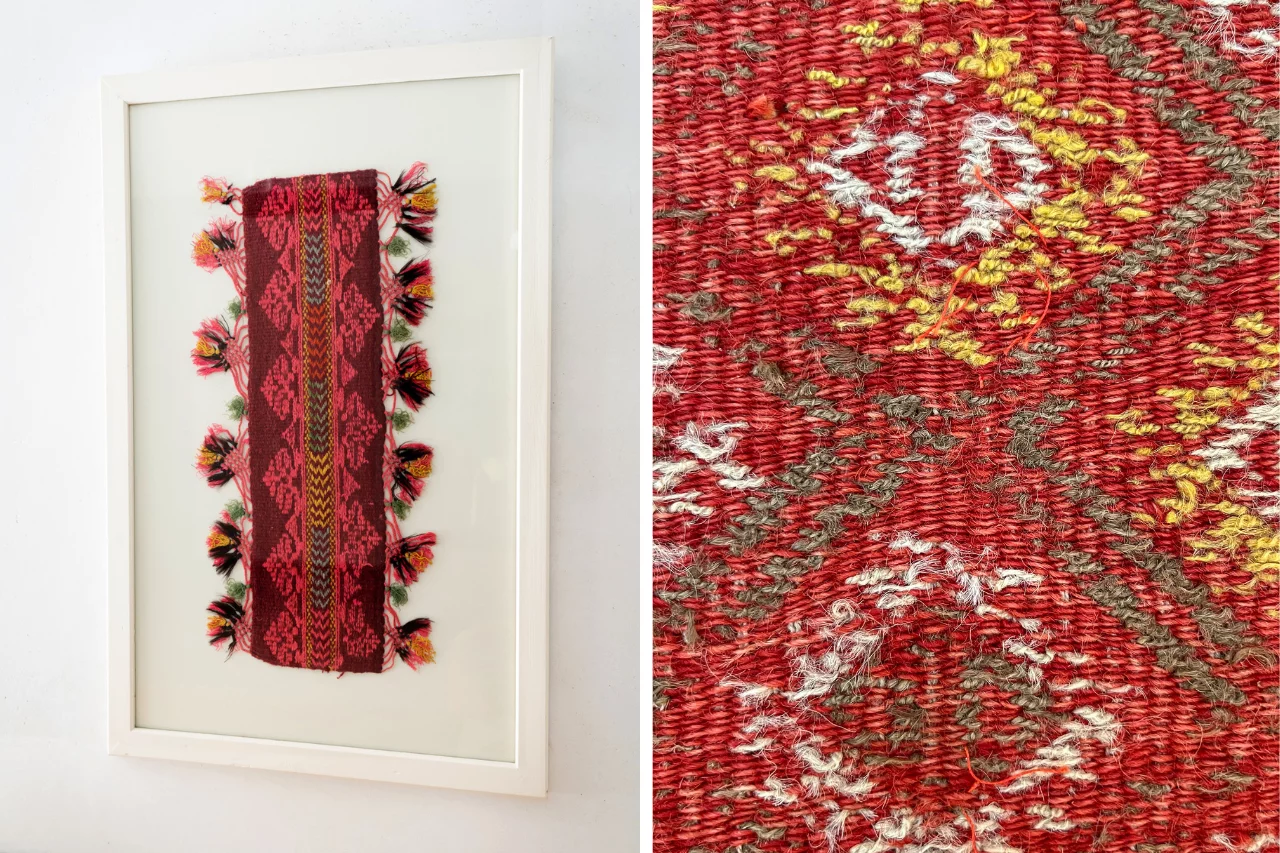
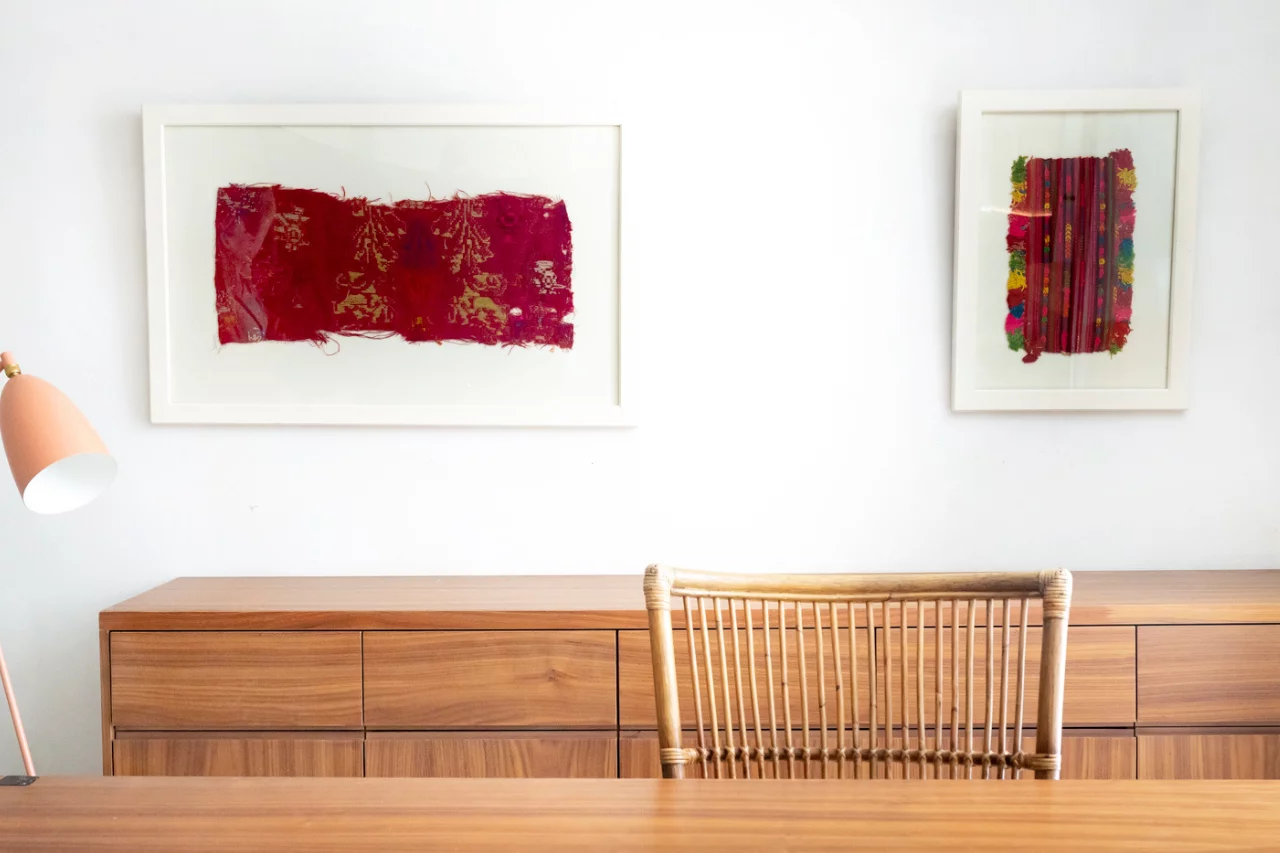
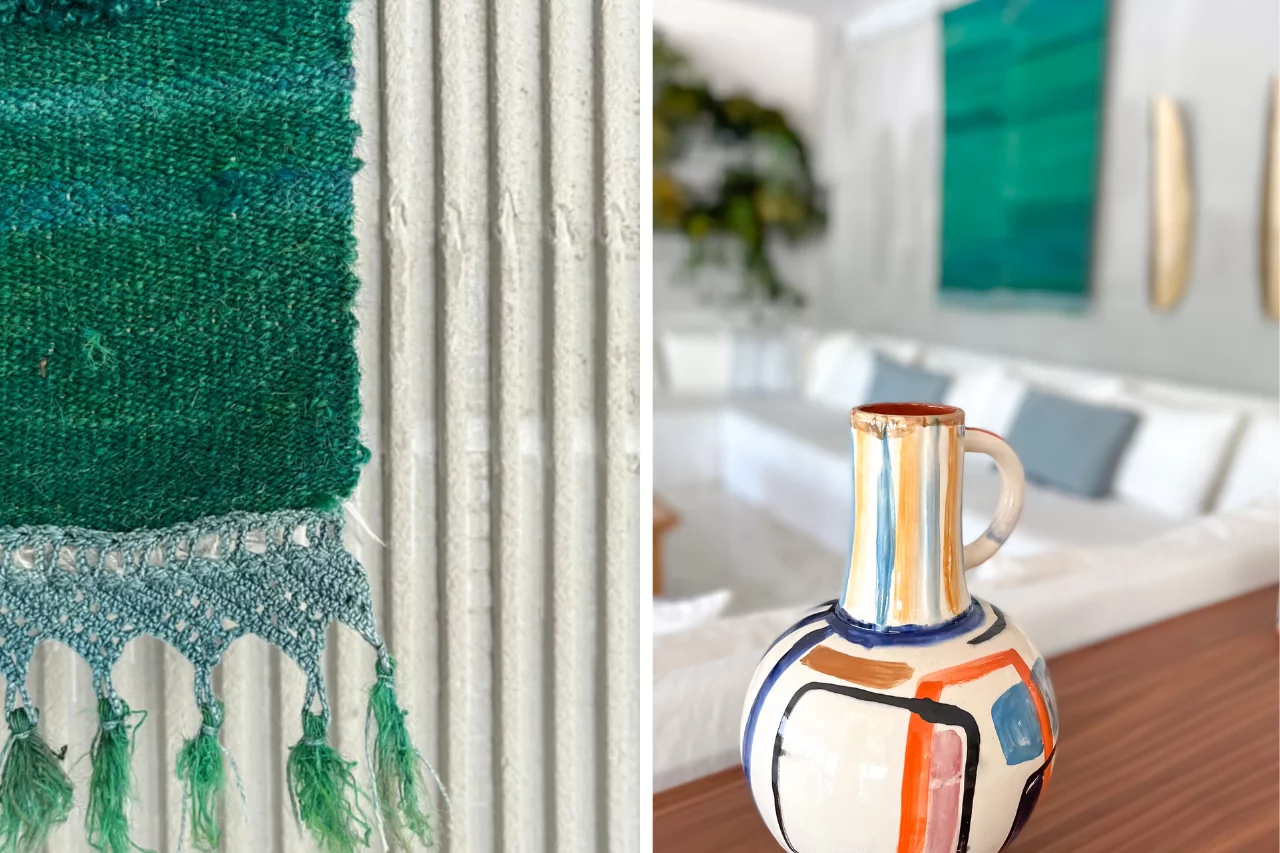
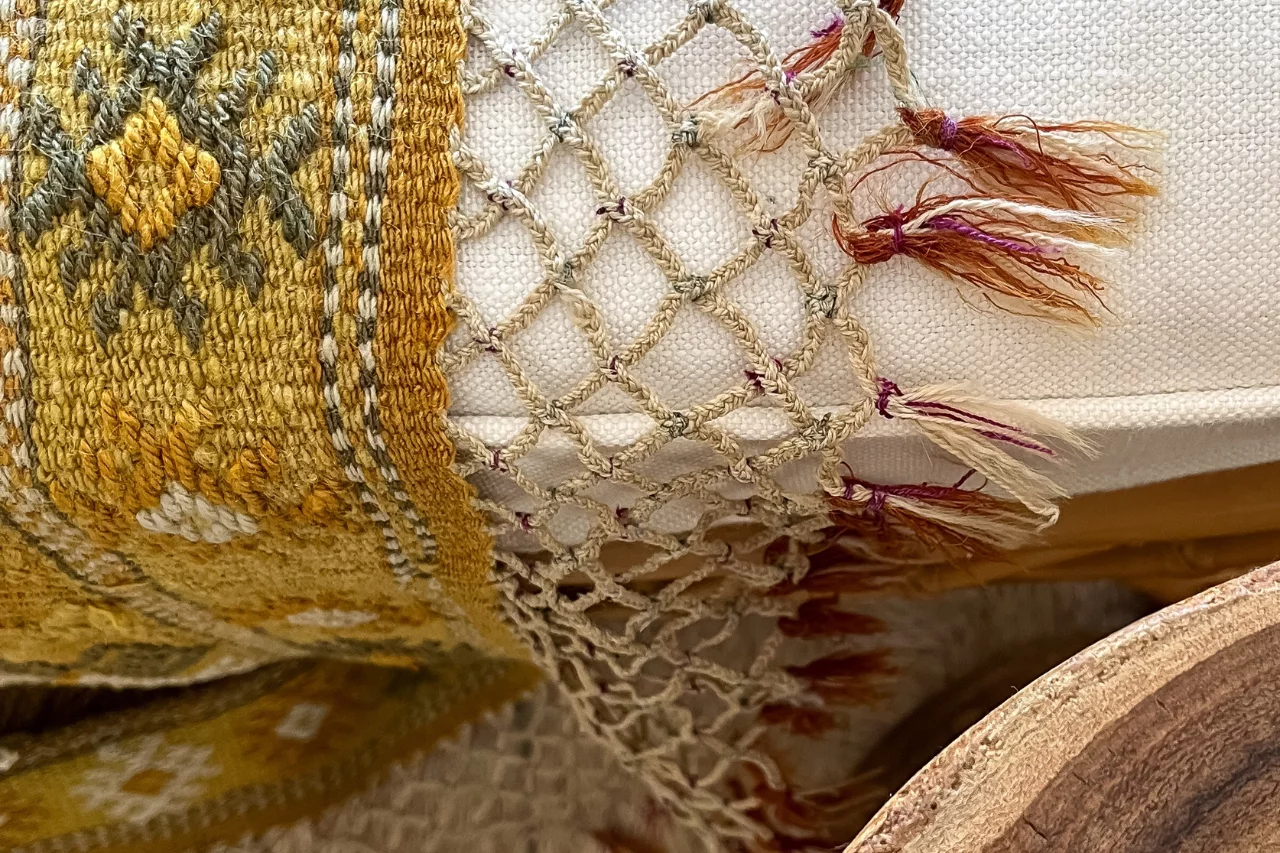
In Crete these were mainly the works of women and depending on their intended use were split into two categories: clothing and household. The particular collection features works that have a utility function either for the household’s needs or its decoration.
“Patanias” are amongst the most distinct handicrafts of Cretan weaving art and a major chapter in the art form’s history. Kilims which are essentially heavy beddings characteristically ornate with colourful geometrical shapes are also significant. “Vourgies” and “anapla” which were instrumental tools for the villagers working their fields, constituted a symbol of masculinity as well as women’s good housekeeping.
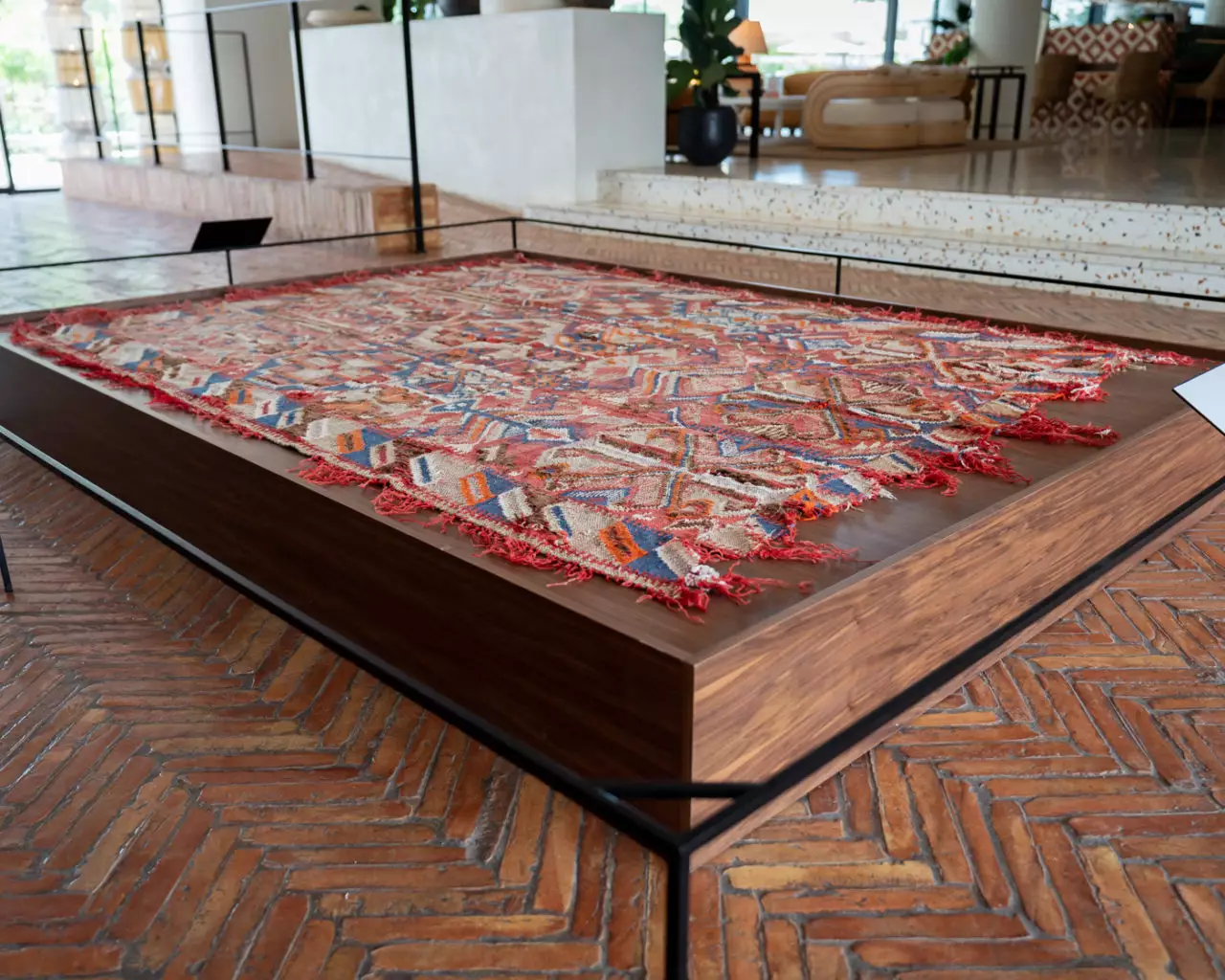
The textiles exhibited do not cover but reveal the artisan skillfulness of that period’s women, while at the same time reflect their unfeigned creativity. A creativity which varies from region to region and is uniquely expressed as much on the designs themselves as on the clarity and harmony of the colours’ combinations, allowing the viewer to feel an intricately threaded and deeply nuanced world.
A lifestyle worth discovering. Proudly local, enveloped by an idyllic locale, a hideaway in every sense where mindfulness and design intertwine seamlessly, welcoming families and couples alike.
Wild beauty. Unrivaled island style. A place where you can sense an older, truer more timeless Greece and the virtues of care and authenticity are celebrated by an understated sense of luxury.